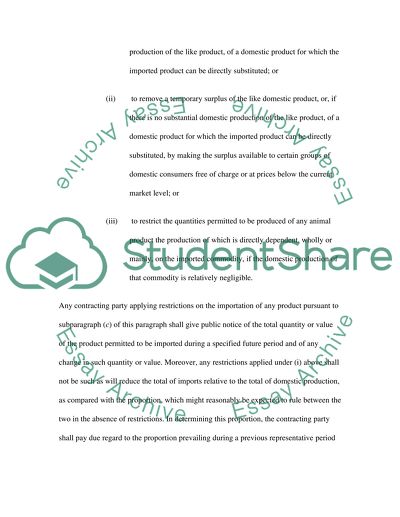Cite this document
(“General Elimination of Quantitative Restrictions Article”, n.d.)
General Elimination of Quantitative Restrictions Article. Retrieved from https://studentshare.org/law/1503417-law-master-essay
General Elimination of Quantitative Restrictions Article. Retrieved from https://studentshare.org/law/1503417-law-master-essay
(General Elimination of Quantitative Restrictions Article)
General Elimination of Quantitative Restrictions Article. https://studentshare.org/law/1503417-law-master-essay.
General Elimination of Quantitative Restrictions Article. https://studentshare.org/law/1503417-law-master-essay.
“General Elimination of Quantitative Restrictions Article”, n.d. https://studentshare.org/law/1503417-law-master-essay.


